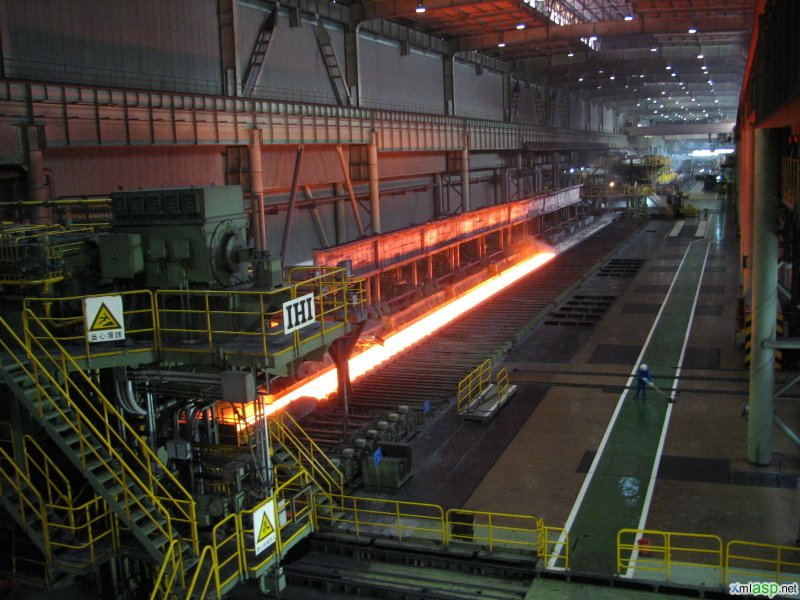I touched on bitcoins in the last post several months ago and had no idea even then that they would take the world by storm as much as they have now. Nearly all the blogs that I’ve read have posted about it multiple times, from tech sites like Wired and TechCrunch to economics ones like the Mises Institute’s blog. It has even come up in mainstream media sources like CNN. You’ve undoubtedly read about them either in my previous post or elsewhere so the exposé is not needed here.
Observe the bitcoin exchange rate in US dollars for the past six months and compare the scales to the chart in my previous post from only a few months ago, when the exchange rate sat around $100/BTC. As I write today, it is over $1050/BTC. It doesn’t take a genus to see that speculators have brought some serious skin to the game as an appreciation of over a thousand percent has taken place in such a short time. Once the playground of computer geeks and contraband smugglers, this digital currency has become the talk of everyone from Wall Street to Main Street. Even the second most powerful man in the world, Ben Bernanke, gave bitcoins a veiled compliment during one speech.
In the past couple months, speculation has become a dangerous game as the exchange rate fluctuates several percent every day, the most dramatic dates being an appreciation of what looks like around 69% on November 17th and a depreciation of 17% on November 30th. The preposterous volatility continues, trending perilously upward while the world sits and watches as the best laid schemes of mice and men succeed…or go awry.
It is important to note that the value of other currencies do not fluctuate this much. Nor it is an exaggeration to say that the world would simply self-destruct from instability if it did. For comparison, the US dollar has been able to purchase .83 euros at its absolute strongest and .67 euros at its absolute weakest, a band of about 24 percentage points, in the past five years.
It is surprising, then, that no one has tackled the issue of why the bitcoin’s exchange rate is so volatile but I will attempt a conjecture today. Take the world of foreign exchange, where currencies like the dollar, euro, yen, and all others are bought and sold for each other. Transactions happen continuously and at the speed of light as perfect information distribution and access to all markets simultaneously keep exchange rates in viciously tight equilibrium. The world’s markets spin on with astonishing stability considering that four trillion dollars worth of currency cross the planet every single day.
I believe that the reason bitcoin has not enjoyed similar stability is that none of the main exchanges offer built-in stability mechanisms. They are only spot markets. In a spot market, one may buy or sell bitcoins in whatever currency he pleases at the prevailing market price. In regular foreign exchange markets, there is not only a spot market, but also a forward market, which allows buyers and sellers to enter a contractual agreement to pay a certain exchange rate at some point in the future. There are also options, swaps, and currency pairs, which are entirely outside the scope of this essay and likely the topic of another. The point is, the existence of derivatives and the forward market self-enforces stability and that “viciously tight equilibrium” from above. Without those checks in the bitcoin market, mutability is the law of the land.
I daresay that the world is witnessing the growing pains of bitcoin, that it has become more popular than existing institutions can handle. Yet when someone has the volition to make a robust market with the same features other currencies enjoy, and if it becomes popular enough, the exchange rate instability will largely end. Bitcoins will be, from an investment standpoint, rather indistinguishable from their government-backed peers.
By the way, if you're a bitcoin user and would like to make a donation to my site, my wallet's address is 1GSCJTsYLEaBF2HX6WmnXDF9QuNezGo4v1 and it'd make my day to see something show up.
Read More...
Observe the bitcoin exchange rate in US dollars for the past six months and compare the scales to the chart in my previous post from only a few months ago, when the exchange rate sat around $100/BTC. As I write today, it is over $1050/BTC. It doesn’t take a genus to see that speculators have brought some serious skin to the game as an appreciation of over a thousand percent has taken place in such a short time. Once the playground of computer geeks and contraband smugglers, this digital currency has become the talk of everyone from Wall Street to Main Street. Even the second most powerful man in the world, Ben Bernanke, gave bitcoins a veiled compliment during one speech.
In the past couple months, speculation has become a dangerous game as the exchange rate fluctuates several percent every day, the most dramatic dates being an appreciation of what looks like around 69% on November 17th and a depreciation of 17% on November 30th. The preposterous volatility continues, trending perilously upward while the world sits and watches as the best laid schemes of mice and men succeed…or go awry.
It is important to note that the value of other currencies do not fluctuate this much. Nor it is an exaggeration to say that the world would simply self-destruct from instability if it did. For comparison, the US dollar has been able to purchase .83 euros at its absolute strongest and .67 euros at its absolute weakest, a band of about 24 percentage points, in the past five years.
It is surprising, then, that no one has tackled the issue of why the bitcoin’s exchange rate is so volatile but I will attempt a conjecture today. Take the world of foreign exchange, where currencies like the dollar, euro, yen, and all others are bought and sold for each other. Transactions happen continuously and at the speed of light as perfect information distribution and access to all markets simultaneously keep exchange rates in viciously tight equilibrium. The world’s markets spin on with astonishing stability considering that four trillion dollars worth of currency cross the planet every single day.
I believe that the reason bitcoin has not enjoyed similar stability is that none of the main exchanges offer built-in stability mechanisms. They are only spot markets. In a spot market, one may buy or sell bitcoins in whatever currency he pleases at the prevailing market price. In regular foreign exchange markets, there is not only a spot market, but also a forward market, which allows buyers and sellers to enter a contractual agreement to pay a certain exchange rate at some point in the future. There are also options, swaps, and currency pairs, which are entirely outside the scope of this essay and likely the topic of another. The point is, the existence of derivatives and the forward market self-enforces stability and that “viciously tight equilibrium” from above. Without those checks in the bitcoin market, mutability is the law of the land.
I daresay that the world is witnessing the growing pains of bitcoin, that it has become more popular than existing institutions can handle. Yet when someone has the volition to make a robust market with the same features other currencies enjoy, and if it becomes popular enough, the exchange rate instability will largely end. Bitcoins will be, from an investment standpoint, rather indistinguishable from their government-backed peers.
By the way, if you're a bitcoin user and would like to make a donation to my site, my wallet's address is 1GSCJTsYLEaBF2HX6WmnXDF9QuNezGo4v1 and it'd make my day to see something show up.














